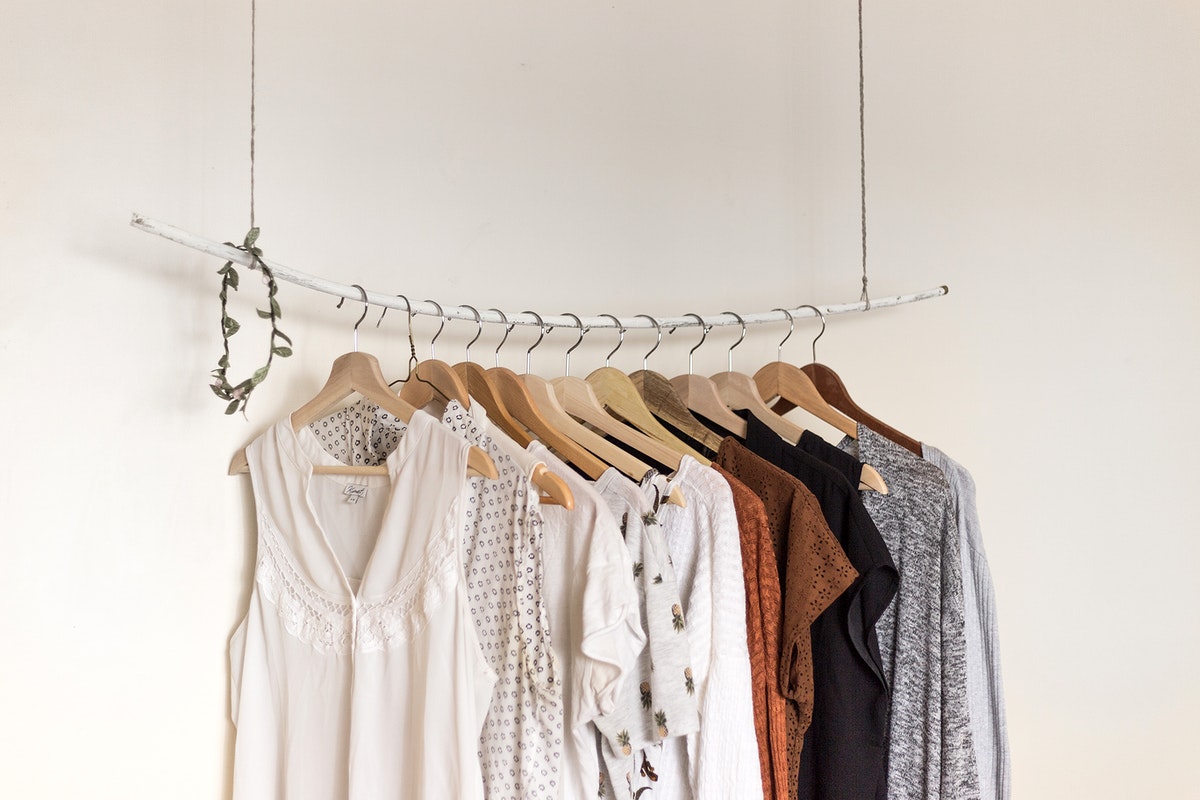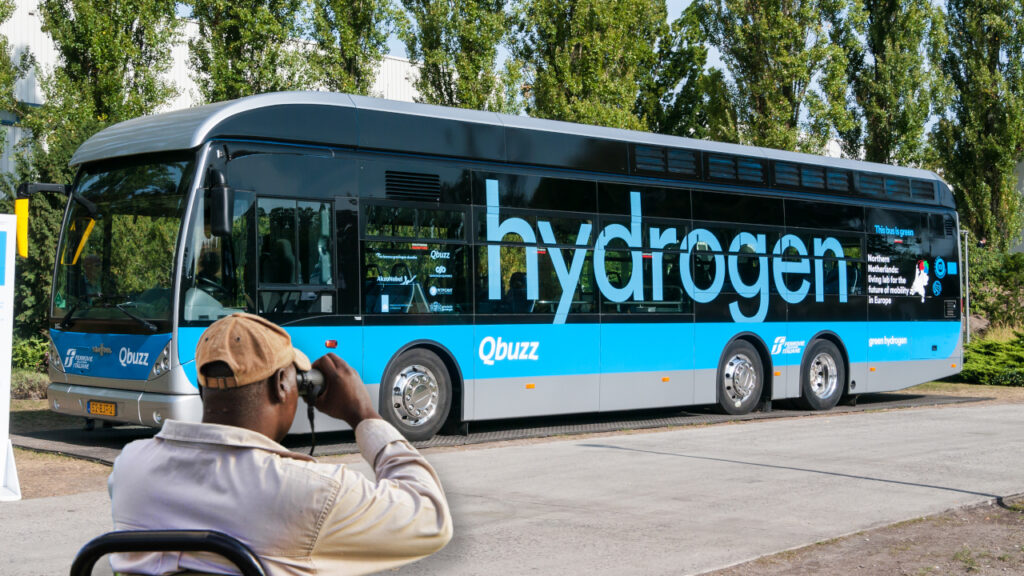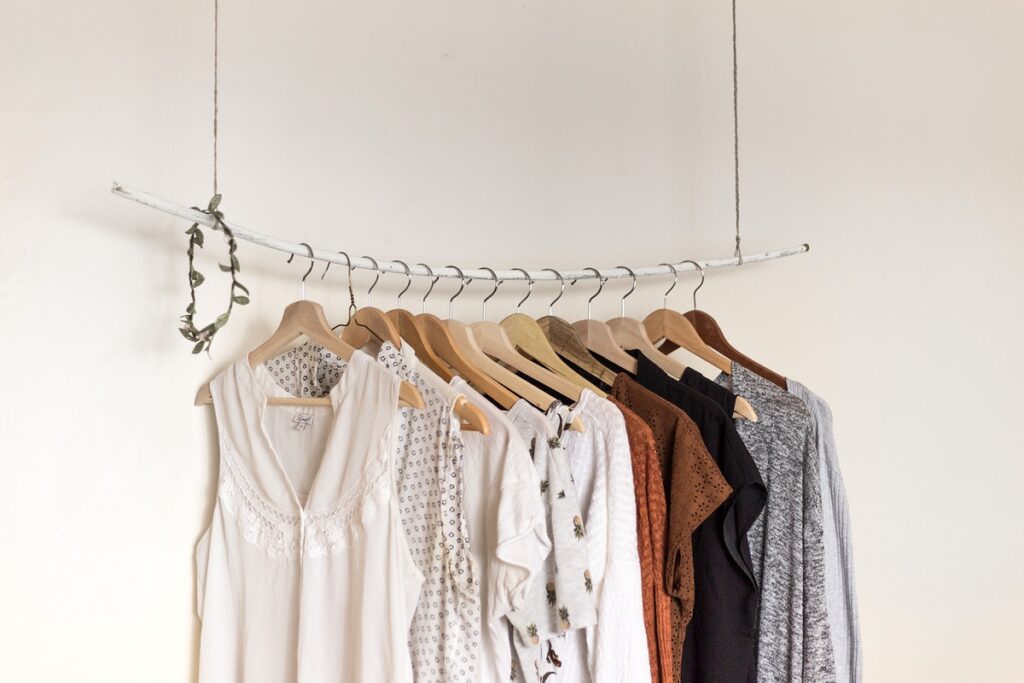Introduction: The Future of Fashion is Sustainable
Fashion has always been about creativity and self-expression, but in 2025, it is also about responsibility. As climate change intensifies and consumer awareness grows, the fashion industry is at a turning point. Shoppers today are not just looking for trendy outfits but also for clothing that aligns with their values. Enter sustainable fashion — a movement that emphasizes slow fashion, upcycling, and supporting brands with ethical practices.
This shift is redefining the way we shop for clothes. Instead of fast trends and disposable pieces, consumers crave timeless designs, transparency in supply chains, and eco-friendly production methods. In this article, we’ll explore how sustainable fashion in 2025 is shaping the future, the role of slow fashion, the impact of upcycling, and why ethical fashion brands are becoming mainstream.
The Rise of Sustainable Fashion in 2025
The global fashion industry is worth billions of dollars, but it is also one of the most polluting industries in the world. From water-intensive cotton farming to synthetic fabrics that shed microplastics, the impact is undeniable. By 2025, consumers are pushing back. Sustainable fashion has evolved from being a niche trend into a global movement.
More people are now asking: “Who made my clothes?” and “What’s the environmental cost of this garment?” This shift in mindset is driving companies to rethink their supply chains and production models. Brands that fail to embrace sustainability risk losing relevance, while those investing in ethical practices are leading the market.
What is Slow Fashion and Why Does It Matter?
Slow fashion is not just a trend; it’s a philosophy. Unlike fast fashion, which promotes cheap, disposable pieces, slow fashion emphasizes longevity, quality, and mindful shopping. It encourages consumers to invest in fewer but better items — clothes that stand the test of time both in durability and style.
Key Principles of Slow Fashion:
- Quality over quantity: High-quality fabrics and craftsmanship that last longer.
- Timeless design: Classic styles that remain fashionable across seasons.
- Ethical production: Fair wages, safe working conditions, and reduced waste in garment manufacturing.
The attraction of slow fashion in 2025 is its alignment with the growing desire for simplicity and sustainability. Consumers are realizing that buying less not only saves money but also reduces environmental impact. By extending the life cycle of clothing, slow fashion reduces the need for mass production and decreases textile waste.
Upcycling: Turning Waste into Style
Upcycling has become one of the most exciting aspects of sustainable fashion in 2025. Unlike recycling, which breaks down materials to create new ones, upcycling reuses discarded items creatively to give them a new life. Think vintage denim turned into trendy bags, or old sarees transformed into chic dresses.
Why Upcycling is Trending in 2025:
- Zero waste mindset: Consumers want to reduce the amount of clothing ending up in landfills.
- Unique pieces: Upcycled fashion provides one-of-a-kind designs that stand out.
- Creative innovation: Designers are showcasing new techniques that merge sustainable practices with high-end fashion.
Major fashion houses are collaborating with artisans and local tailors to upcycle fabrics, while independent designers are leveraging thrift finds to build sustainable businesses. Upcycling is no longer seen as a DIY hobby — it has become mainstream and even luxurious.
Ethical Fashion Brands: Leading with Transparency
Ethical fashion brands are at the forefront of the sustainable fashion movement. These brands prioritize fair labor practices, eco-friendly materials, and transparent supply chains. In 2025, consumers are actively choosing to support businesses that reflect their values.
What Makes a Brand Ethical?
- Fair wages and safe conditions: Ensuring workers are treated with dignity.
- Sustainable materials: Using organic cotton, bamboo fibers, hemp, and recycled textiles.
- Transparency: Sharing details about sourcing, manufacturing, and environmental impact.
- Minimal carbon footprint: Reducing emissions with clean energy and sustainable logistics.
Well-known brands, as well as emerging startups, are proving that fashion can be profitable without exploiting people or the planet. From luxury designers to everyday clothing companies, the ethical fashion movement has gained momentum. By 2025, it is not just an option — it is an expectation.
Why Sustainable Fashion Appeals to the Modern Consumer
Today’s consumers are more informed and conscious than ever. Thanks to social media, documentaries, and advocacy campaigns, the environmental and ethical impact of fashion is no longer hidden. This awareness has changed buying habits, especially among younger generations like Gen Z and Millennials, who prioritize values over price alone.
Top reasons driving this consumer shift include:
- Environmental concerns: Growing awareness of climate change and pollution.
- Health consciousness: Natural fabrics are healthier for the skin and free from harmful chemicals.
- Quality lifestyle: Investing in timeless, durable pieces instead of disposable clothing.
- Social responsibility: Supporting companies that treat workers fairly.
In 2025, fashion is not just about looking good — it’s about feeling good about what you wear and the story behind it.
The Role of Technology in Sustainable Fashion
Technology is playing a vital role in making fashion more sustainable. From AI-driven design tools to blockchain for supply chain transparency, innovation is helping the industry transform.
Key Technological Advancements in 2025:
- AI-powered design systems: Reducing waste by optimizing material use.
- Blockchain tracking: Allowing consumers to see where and how their clothes were made.
- 3D printing: Creating garments with minimal waste.
- Biodegradable fabrics: Innovative textiles that naturally decompose at the end of their life.
These advances are removing barriers, making sustainable fashion accessible and scalable.
Challenges Facing Sustainable Fashion
While the industry has made remarkable progress, challenges remain. Sustainable fabrics are often more expensive, ethical production requires fair wages, and supply chain transparency isn’t always easy to achieve. Consumers may face higher prices, and not all markets have equal access to eco-friendly fashion.
Another challenge is greenwashing, where companies falsely claim to be sustainable for marketing purposes. In 2025, discerning consumers are learning to question such claims and demand real transparency.
The Future of Fashion: Sustainability as the Norm
The era of fast fashion dominance is fading. In 2025 and beyond, sustainability is no longer optional — it’s becoming the standard. Governments are introducing stricter environmental regulations, sustainable startups are disrupting the industry, and consumer preferences are shaping a more ethical fashion landscape.
The fashion industry’s future lies in creating a circular economy where waste is minimized, and resources are reused efficiently. With slow fashion, upcycling, and ethical brands leading the way, the dream of a sustainable fashion industry is closer than ever.
Conclusion: Style with Purpose in 2025
Fashion has always been a powerful force for self-expression, but now it’s also a tool for change. In 2025, sustainable fashion is not just about eco-friendly fabrics — it’s about rethinking consumption, valuing craftsmanship, and supporting brands that care about people and the planet.
Slow fashion teaches us to buy mindfully. Upcycling inspires us to cherish creativity and reduce waste. Ethical brands remind us that transparency and fairness should never be compromised. Together, these pillars are shaping a fashion industry that looks good and feels right.
The next time you shop for clothes, remember — every purchase is a vote for the kind of world you want to live in.
Call to Action: If you’re ready to embrace sustainable fashion in 2025, start small. Choose quality over quantity, support ethical brands, and experiment with upcycling. Your wardrobe has the power to make a real difference. Let’s wear our values proudly!






